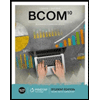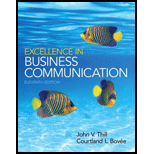
To critically think about:
The message strategy suitable for a situation where an announcement that describes the plan to invite back 50 employees who were laid back earlier that year.
Introduction:
Routine business messages:
In business communication, the routine messages check the “who, what, where, when, why, and, how” in an operation. This includes areas such as order confirmations, bug reports, contract terms, etc.
Positive business messages:
Includes the positivity in a business communication by being clear, encouraging, considerate, and straight to the point. This makes sure that the receiver interprets the intended message sent accurately and with a good mindset.
Negative business messages:
Messages that include delivering a bad news, making sure the receiver accepts the news, maintaining the benevolence of the reader, maintaining company reputation, and minimizing future correspondence on the matter.
Persuasive business messages:
Includes a situation where an attempt at changing someone’s attitudes, beliefs, or action is in consideration. These have a complex mix of listening, speaking, and tweaking the messages to align with the motivations of the audience.
Want to see the full answer?
Check out a sample textbook solution
Chapter 10 Solutions
Excellence in Business Communication (11th Edition)
- Under absorption costing what would be the value of the ending inventory?arrow_forwardI am looking for the correct answer to this general accounting question with appropriate explanations.arrow_forwardI am looking for the correct answer to this general accounting question with appropriate explanations.arrow_forward
- Cost per unit is?arrow_forwardNonearrow_forwardBoston Furniture Co. produces a single product. Variable production costs are $18 per unit, and variable selling and administrative expenses are $7 per unit. Fixed manufacturing overhead totals $62,000, and fixed selling and administration expenses total $48,000. Assuming a beginning inventory of zero, production of 6,500 units and sales of 5,800 units, the dollar value of the ending inventory under variable costing would be: a. $9,000 b. $12,600 c. $15,300 d. $18,700arrow_forward
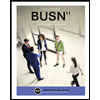 BUSN 11 Introduction to Business Student EditionBusinessISBN:9781337407137Author:KellyPublisher:Cengage Learning
BUSN 11 Introduction to Business Student EditionBusinessISBN:9781337407137Author:KellyPublisher:Cengage Learning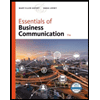 Essentials of Business Communication (MindTap Cou...BusinessISBN:9781337386494Author:Mary Ellen Guffey, Dana LoewyPublisher:Cengage Learning
Essentials of Business Communication (MindTap Cou...BusinessISBN:9781337386494Author:Mary Ellen Guffey, Dana LoewyPublisher:Cengage Learning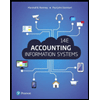 Accounting Information Systems (14th Edition)BusinessISBN:9780134474021Author:Marshall B. Romney, Paul J. SteinbartPublisher:PEARSON
Accounting Information Systems (14th Edition)BusinessISBN:9780134474021Author:Marshall B. Romney, Paul J. SteinbartPublisher:PEARSON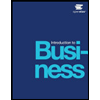
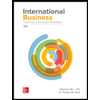 International Business: Competing in the Global M...BusinessISBN:9781259929441Author:Charles W. L. Hill Dr, G. Tomas M. HultPublisher:McGraw-Hill Education
International Business: Competing in the Global M...BusinessISBN:9781259929441Author:Charles W. L. Hill Dr, G. Tomas M. HultPublisher:McGraw-Hill Education